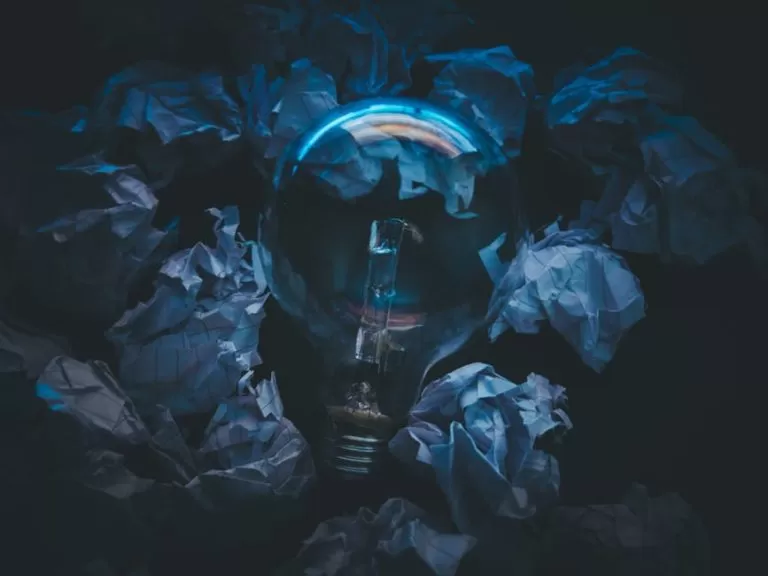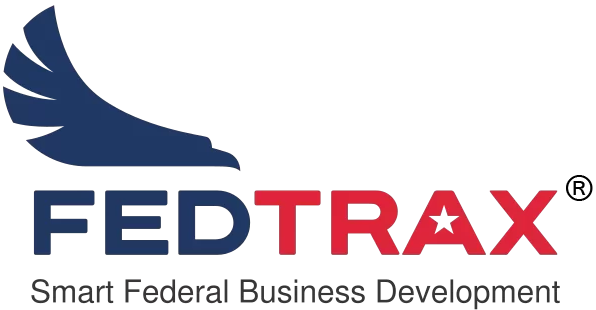
This is the fifth in a series of articles on how tech startups and seasoned Federal contractors can find early stage innovation opportunity funding across numerous agencies. The last article, Part 1, centered around places you can find such innovation funding. This is Part 2, and the focus here is how to capitalize on innovation opportunities, build your company pipeline for innovation, research and development (IR&D), and see some real dollars, all while creating something that is cool and meaningful that may have crossover appeal to other Federal customers.
Responding vs. Creating Innovation Opportunity
First, let’s make a distinction. This should be nothing new to those skilled in sales, business development, and in the Federal space, capture. There is a difference between sales opportunities you respond to and those you create out of, seemingly, thin air.
Responsive
Responsive pursuits are those that are posted publicly or are sent to a select group of technology companies organized around a solution set or Federal customer or sector (DHS, DoD, etc.). You could be on a distribution list for an OTA (Other Transactional Authorities) group, or simply cruising the BAAs (Broad Agency Announcements) put out by your favorite agency. This is much akin to RFP watching in what I call the Responsive track, but it is a little different. In most cases, the poster has an idea of the solution outcome and general technology set it may take to get there but doesn’t have that solution characterized to the extent of a traditional Federal RFP. After all, she’s looking for innovation, and by definition that indicates something that doesn’t exist yet, at least in full. If your company absolutely requires that strict Statement of Work (SOW) to effectively reply to the posting, you probably shouldn’t be chasing too many innovation opportunities. You’re missing the point
There’s good news and bad news with Responsive opportunities. The good news is that there is likely funding in place for seeing the requested innovation come to life. That generally means, this thing is going to happen. That is no small miracle in the world of Federal contracting. The bad news is that there will be competition. However, the silver lining here is since this is an innovation request, the mans to the end is usually up to you. This removes the apples to apples (I hate that phrase) comparison of your firm to your competitors that almost always results in your only differentiator being price. For innovation opportunity, you get to showcase your uniqueness and skills and be the orange that the Government is looking for. That’s competition most inventive companies can live with.
Creative
This goes beyond the creativity seen to respond to fuzzily defined solutions you respond to. In this case, the Government either doesn’t have anything posted at all, or they have some broad categories of interest where they have a sense the technology of the future is going. Think artificial intelligence or Blockchain solutions. The Feds want to be on the high-tech train before it leaves the station, they just don’t how they will get aboard and where they will get off. You see these type opportunities in multi-year BAAs. There is some innovation bucket of money with a ceiling to it, yet it might get spent in a variety of different ways.
Those not posted at all are with agencies and funding sources (there are scores of DoD organizations looking for new things, for instance) that your IR&D sales team develops innovation opportunities with the old-fashioned way. You develop relationships, get referrals, have meetings, do technology demos (there is a future post on this subject alone), and ultimately get to deliver a whitepaper that looks an awful lot like an unsolicited proposal, except that it has been requested due to your hard sales work. A classic example of this for Federal innovation opportunity is working through the Science and Technology (S&T) directorate of agencies that have one. S&T groups typically exist to explore and advocate for new approaches and solutions that will further their overall agency missions.
Funding on these type opportunities is not clearly defined, nor is approach, but this is the beauty of it. YOU define what it costs and what it looks like with the first volley. The Government volleys back indicating if they like it or not or you need to adjust your price. This type of innovation opportunity is harder to generate and takes a longer sales cycle, but what word haven’t you heard in the last 3 paragraphs? Give that reader a prize! Correct. There is generally no competition here. “Wait a fast minute Karl! The Feds can steal your idea and then put out an RFP and invite competition!” Don’t take me down that rabbit hole.
Depending upon where they get the money, the acquisition rules might force that action. Why is this a problem for you? If you define your solution and write your proposal with a few key elements that only your company can provide, and they really are a unique value proposition specific to you, you effectively wire that opportunity for a win. And I can tell you this; innovation opportunity is far less dictatorial in this regard than any traditional acquisitions. These are prototypes and proofs of concepts, remember. If you spin up a Phase I effort that is going to cost the Government millions, of course they’ll want to bid it. If not, there is a good chance you can be sole sourced.
Steps in the Federal Innovation Funding Process
Regardless of if your innovation opportunity submission was responsive or creative, each agency will follow some form of process to qualify what you’ve submitted. They will be different, but start to finish it will look something like the following:
innovation opportunity, research and development

- Pitch/Demo: Your initial meeting demonstration, mission-focused but little customization. Getting to 1st base.
- Whitepaper: Submission outlining your technology prototype, its scale and expected cost. 2nd base.
- Present: A more detailed solution presentation, may include technology wire-frame or mock up. 3rd base.
- RFP: Formal RFP response, but centered around your solution. Some price negotiation possible, changes in scope. Coming home.
- Award: Announced as winning the innovation opportunity. Grand slam, World Series Ring.
When you get to the award stage, this can range in value from $50K to $2 million. Typically, it’s in the range of a few hundred thousand dollars. Remember, this is Phase 1. The Federal Government doesn’t buy any technology on a large scale unproven unless it rhymes with stealth bear dot love, and that wasn’t supposed to be risky. This is your dress rehearsal to qualify your innovation. If what you deliver is really awesome, it really solves a mission problem worth solving, then things start to expand is scope, scale and dollars in Phase 2 and beyond. And of course, your company is now mission critical to that work.
So go out, find a problem to solve, and win your next innovation opportunity.
